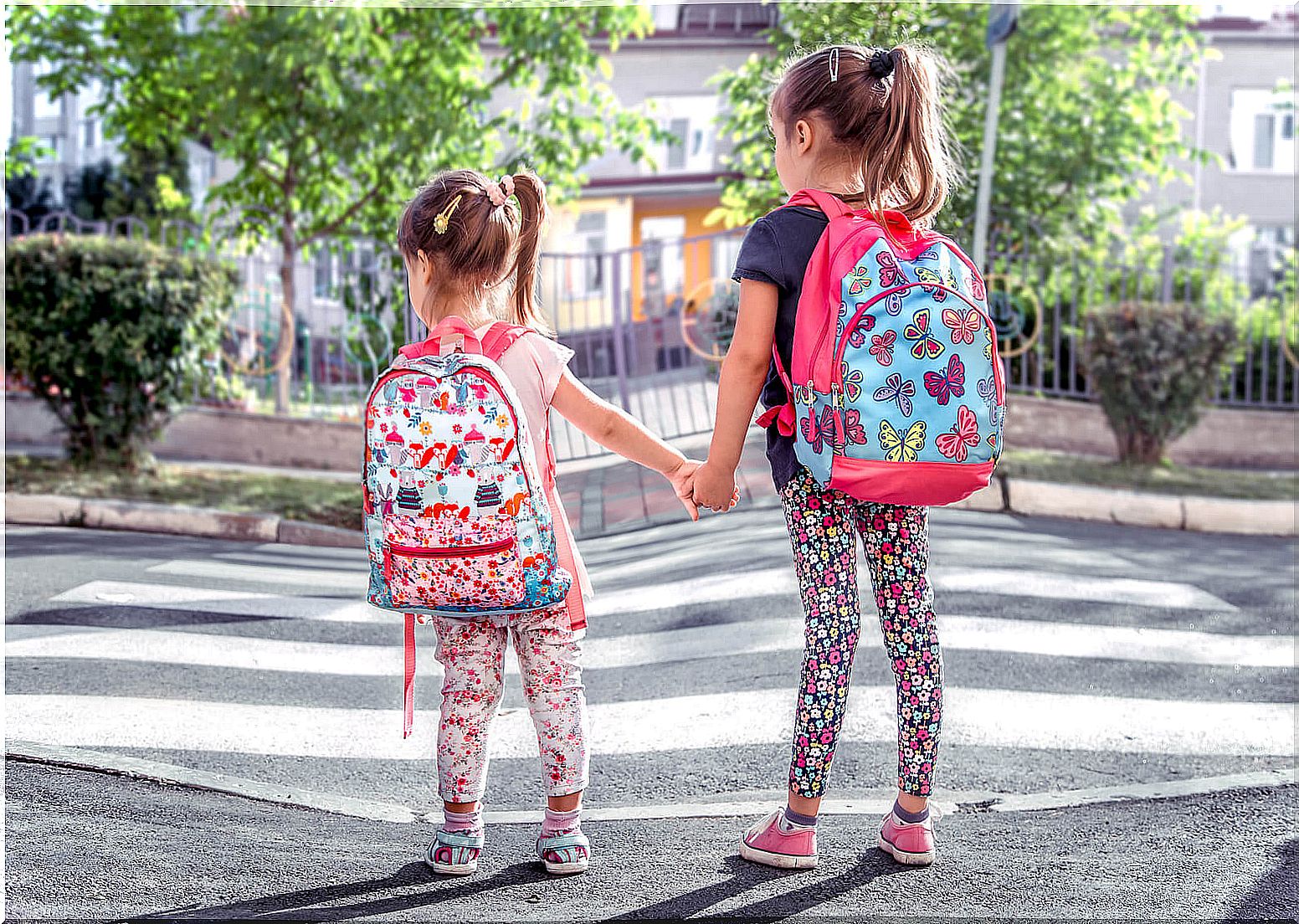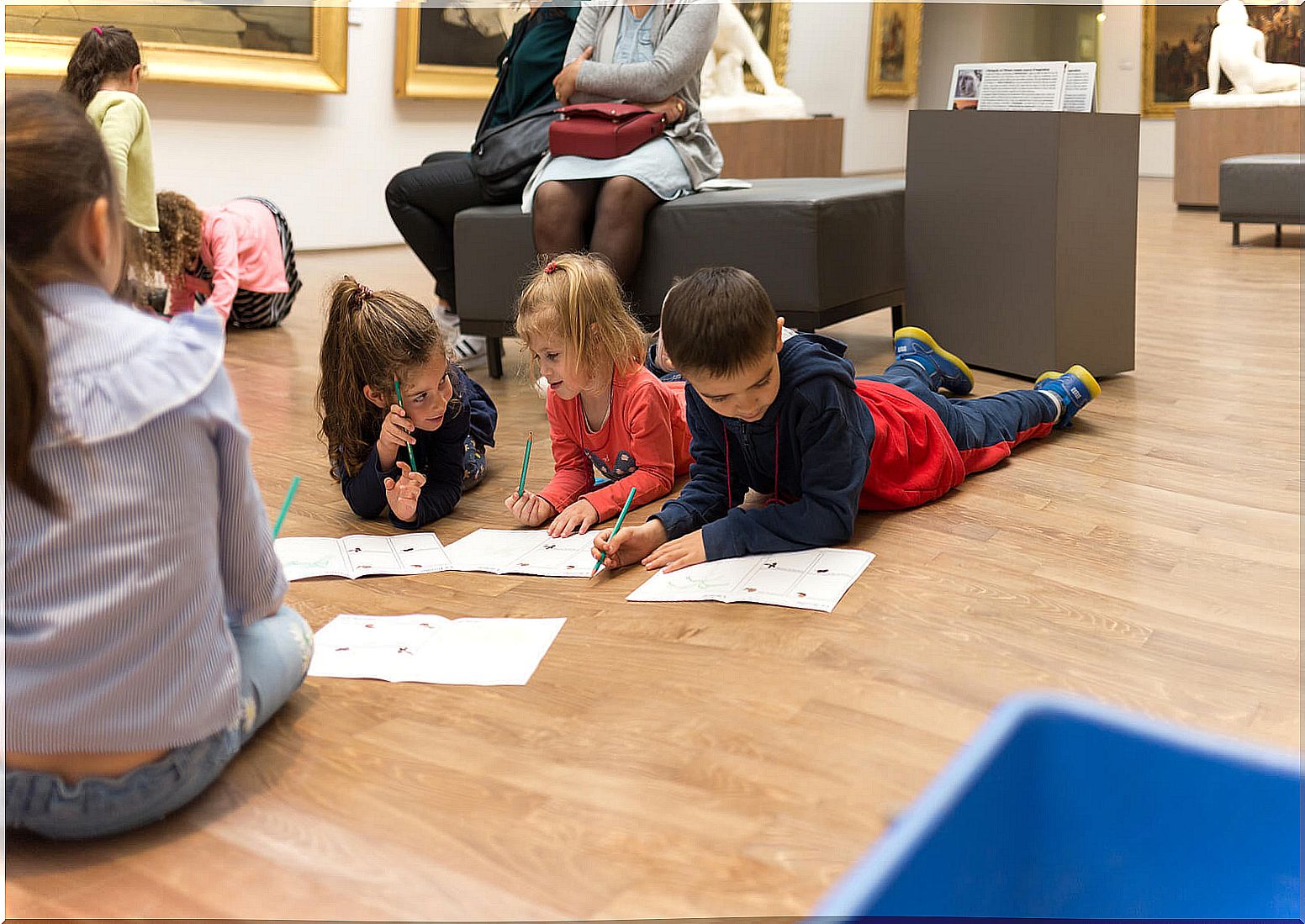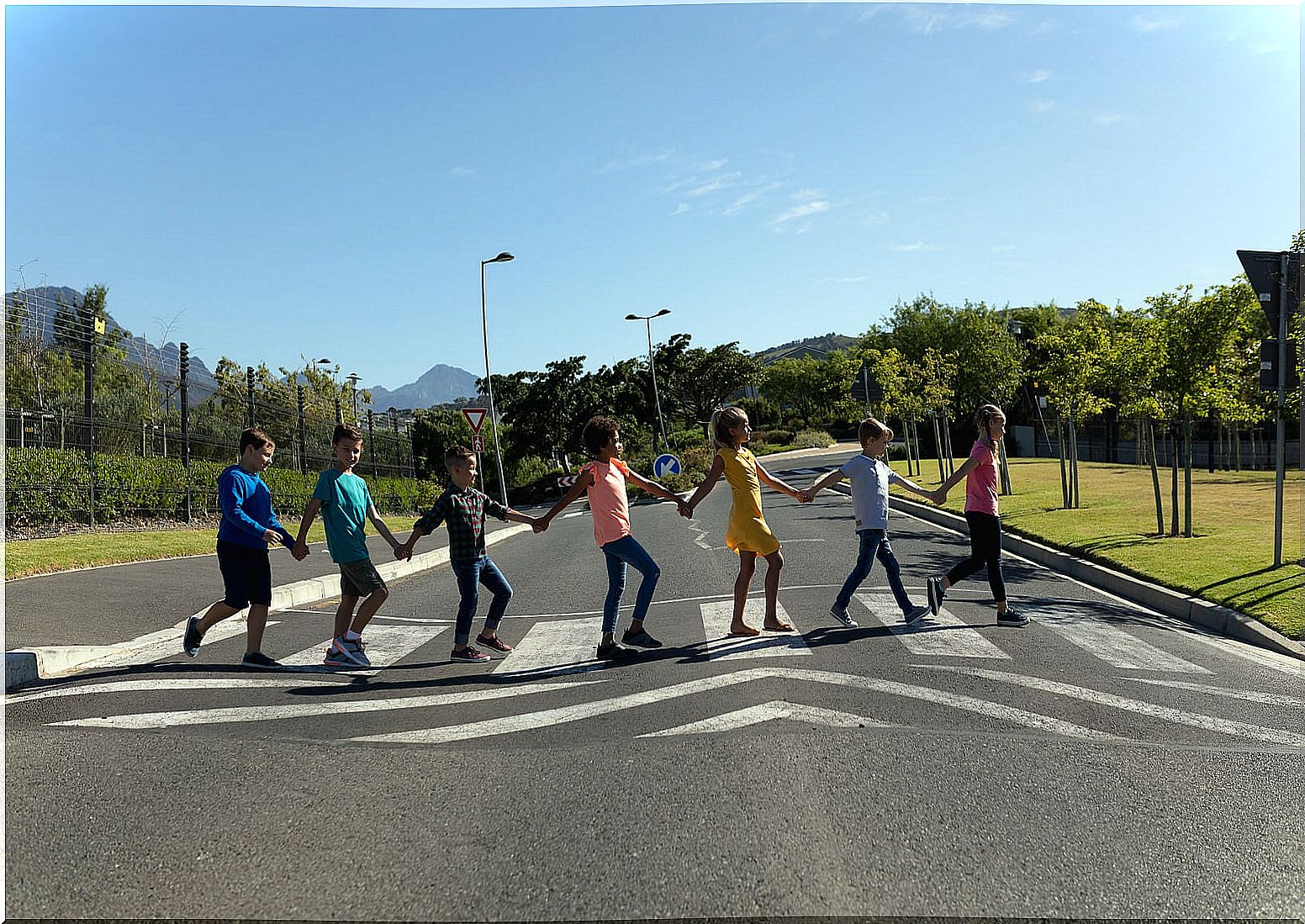Cross-learning Or Crossover: What It Is And What Does It Consist Of

According to cross-learning or crossover learning , the answers to the following questions are affirmative: Could a student learn art history by visiting a museum? Could the children recognize some species of plants while going on a field trip? Is it possible that mathematical and statistical notions help adolescents to plan social projects?
This is so, mainly, because all the questions underlie the fundamental idea on which cross-learning is based. Which refers to the need to establish a union between contents that are learned in school with informal, pleasant and attractive situations for students, as a condition for truly meaningful learning to take place.

Crossover learning or cross learning
It is an apprenticeship that aims to unite formal and informal education environments. Thus, from an integral perspective of education, cross-learning aims to establish connections between academic content and everyday learning. In other words, it aims to link the school curriculum with experiences outside the school setting.
In this sense, the Sharples 2015 report speaks of cross-learning as an alternative learning environment outside the classroom. It is a study carried out by the Institute of Educational Technology of the Open University of the United Kingdom , in relation to crossover learning , in which new forms of teaching are explored that connect the classroom with incidental learning.
It states that “ Learning in schools and universities can be enriched with experiences of everyday life; and informal learning can be deepened by adding questions and knowledge from the classroom ”.
So, the interesting thing about cross-learning, as its name suggests, is to establish cross-connections and transfers between different learning contexts.
And as the referenced report indicates, ” these connections work in both directions . ” In other words, both academic and daily learning are re-signified, enriched and deepened when they are connected.
Cross learning to motivate and spark interest in students
From a motivational point of view, cross-learning constitutes an interesting teaching methodology for educators because linking the curricular contents with others that are closer to and known to students is a way of awakening their attention and interest in learning.
Many curricular contents typical of a formal educational context can be better learned if they are “taken” out of the classroom. In other words, as proposed by cross-learning, many school subjects could be much more attractive if they are linked to practice.
Thus, there are everyday experiences that, in a cross-learning context, are considered learning opportunities, such as excursions to the open air and nature, visits to museums, theaters or exhibitions, or participation in popular festivals.
In all these situations, students can interpret everyday realities that are more stimulating for them, in the light of the knowledge they learn in school.
The crossover learning and new technologies
In our days, new technologies have caused changes in the ways of teaching and learning. Thanks to them, learning options have been greatly developed and diversified, both in formal and more informal contexts.
With which, both inside and outside the classroom, technology plays a key role. The new virtual environments, teaching platforms and online education have now become fundamental tools to enable and improve people’s training.

So, it makes much more sense to bet on a cross-learning methodology, supported, in turn, by new technologies, to try to guarantee people, thus, a more comprehensive, complex and permanent training.
The need to connect knowledge and formal and informal educational contexts
In addition to the recognized need for regulated, formal and institutionalized education, at present, the importance of informal learning is almost indisputable, learning that occurs more naturally at any time and place and that, for many people and in many circumstances, they are more attractive and enthusiastic learnings.
In general, informal learning is more closely related to the environment, experience and practice of people. They respond, for the most part, to intrinsic motivations, tastes and very specific needs of the learner. And they are linked to various learning, knowledge and attitudinal and procedural content objectives.
In today’s society, it is important that both formal and informal education be considered in the training of people. Because, as cross-learning maintains, true training implies the appropriation of academic knowledge, but also of everyday knowledge.
With which, it is very important that what happens inside the classroom can intersect with what happens outside of it, in the day-to-day of life and vice versa.










